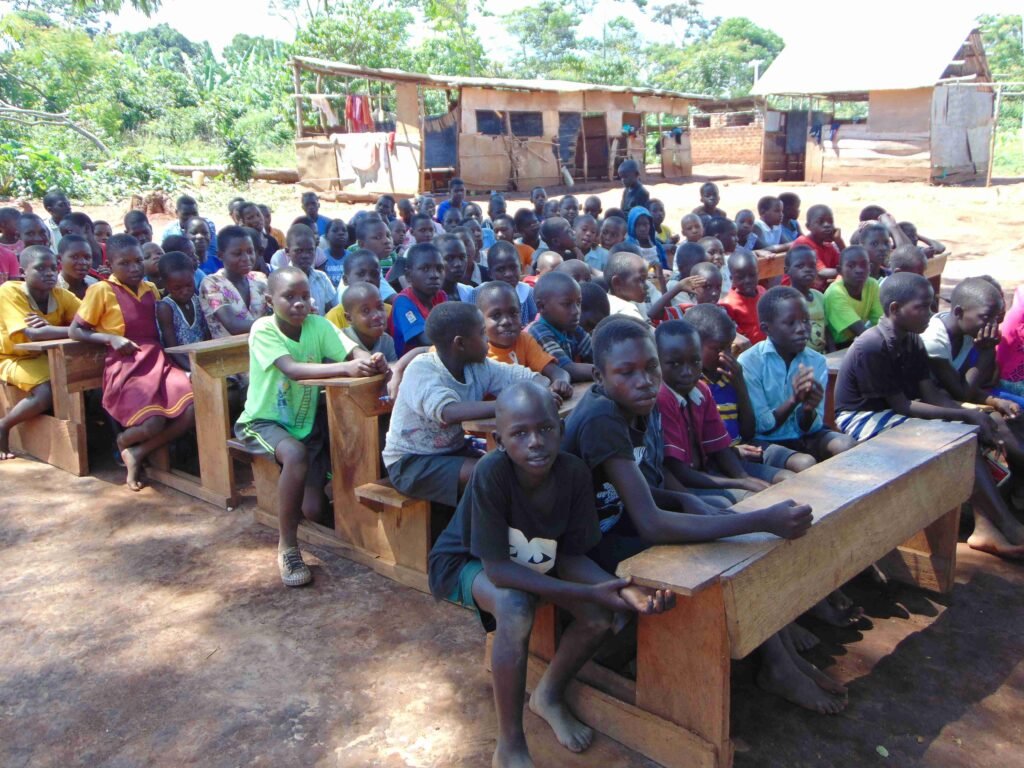 According to UNESCO, Sub-Saharan Africa has a particularly large proportion of its population living in rural areas. Many of these people are poor, illiterate and under-nourished. In 2022, 67.4 percent of people aged 15 years and above in Africa were able to read and write a simple statement and understand it. Regionally, Southern Africa presented the highest literacy rate, at 80 percent. North and East Africa had similar shares of literate people, at over 71 percent. In contrast, 67.5 percent and 54 percent of the adult population in Central and West Africa could read and write. According to a report Published by Saifaddin Galal, Nov 15, 2023 on Statista.
According to UNESCO, Sub-Saharan Africa has a particularly large proportion of its population living in rural areas. Many of these people are poor, illiterate and under-nourished. In 2022, 67.4 percent of people aged 15 years and above in Africa were able to read and write a simple statement and understand it. Regionally, Southern Africa presented the highest literacy rate, at 80 percent. North and East Africa had similar shares of literate people, at over 71 percent. In contrast, 67.5 percent and 54 percent of the adult population in Central and West Africa could read and write. According to a report Published by Saifaddin Galal, Nov 15, 2023 on Statista.
Tellingly,Improving the quality of education in rural areas within the African context is a multifaceted challenge that requires a comprehensive approach. In Nigeria’s National Policy on Education (FRN 1998), it stated that the Federal Government has adopted education as an instrument for affecting National Development in all areas of the Nation. Well, it seems this was said in the absence of proper procedure and process to implement. Taking a critical look at the Educational system in the rural areas of Nigeria, the overwhelming widespread of illiteracy is obvious to the undiscerning. For students, the physical pain of sitting on improvised benches or the floor for hours on end is a regular occurrence. These inconspicuous structures serve as the backdrop for an educational system in which pupils face the agony of learning on a daily basis making them not only a health hazard but also potential death traps. For instance, in Mali, many rural schools lack proper roofing, leading to students being exposed to the elements (Save the Children, 2020). In Ghana, there is a shortage of functioning toilets, which affects students’ health and dignity (UNICEF, 2019). In Malawi, ever since the government introduced Free Primary Education the pupil-to-teacher ratio in rural primary schools has been unbearable. For instance, according to the World Bank (2023) primary school pupil-teacher ratio at 58.68. This has a critical bearing on quality education as teachers do not have quality time with the learners. In Tanzania, a shortage of textbooks and learning materials affects students’ ability to study effectively (Mkude & Tsamalaidze, 2017). In Burkina Faso, limited access to electricity and the internet hampers students’ access to online educational resources (World Bank, 2020). Governments and international organizations have played significant roles in addressing rural education challenges. The “Free Primary Education” policy in Malawi and Kenya has increased access to education for rural children by eliminating tuition fees (Oketch, 2007). In Senegal, the “Project to Improve the Quality of Education in the Moyen Chari Region” is a collaboration between the government and the World Bank, aiming to improve infrastructure and teacher training (World Bank, 2015). Generally, the rural areas in Africa are incessantly neglected by the government when it comes to the development of any form, educational development inclusive. Improving quality education in the rural areas is a necessity, let’s conisder strategies that can help improve quality education in rural areas in Africa
Subscribe To Unlimited Premium Digest.
This is premium content. Subscribe or Login to read the entire article.
Subscribe
Gain access to all our Premium contents.More than 1,000+ Articles, News, & Scholarships.





































































 EduTimes Africa, a product of Education Times Africa, is a magazine publication that aims to lend its support to close the yawning gap in Africa's educational development.
EduTimes Africa, a product of Education Times Africa, is a magazine publication that aims to lend its support to close the yawning gap in Africa's educational development.

